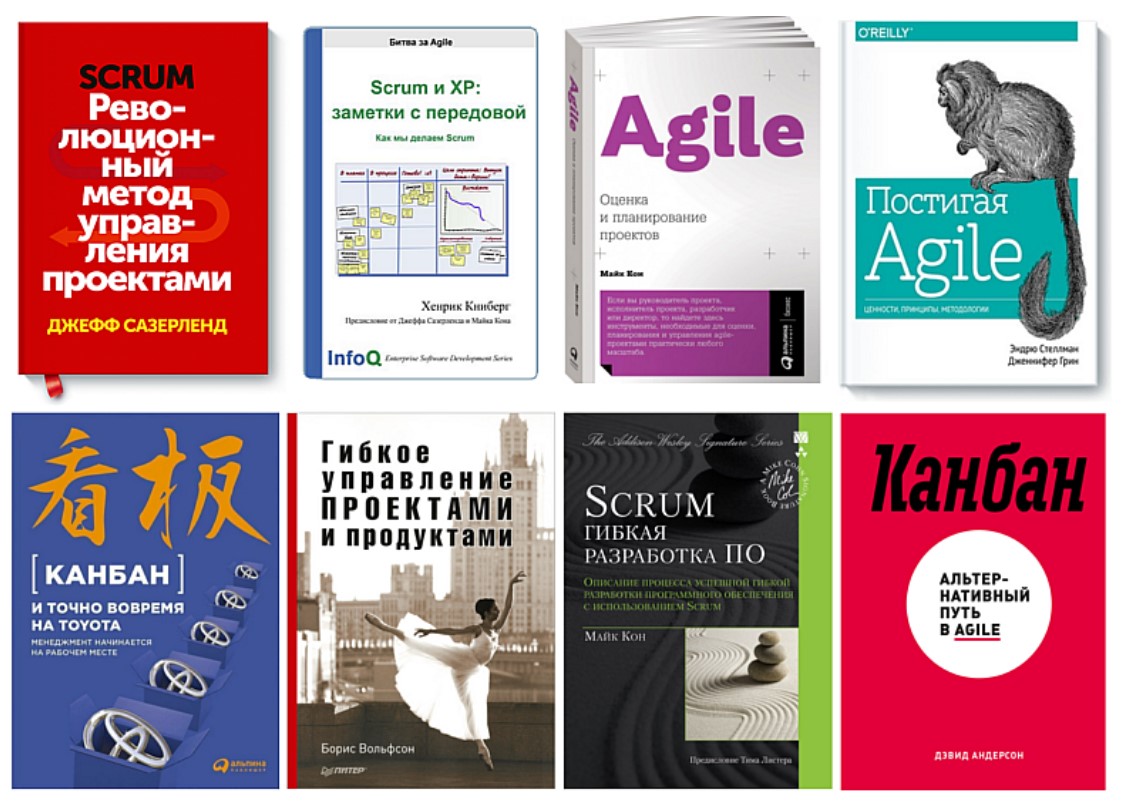What is reality, or is SCRUM effective?
It's hard to believe, but we regularly see groups who have mastered our methodology improve their productivity by three or four hundred percent. The best teams achieve even eight hundred percent…
Jeff Sutherland about SCRUM

My name is Sultanov, and I am a team lead (heavy sigh). I try to make development efficient. Sometimes it even works out.
Instead of a preface
Agile. Agile is all around. There are probably no people, teams and organizations left that do not work according to Agile. The word “SCRUM” has become firmly established in the life of a developer. I don’t even remember if the development was different. And when you ask why Agile is being introduced in your organization, the answer you get is either a quote from the epigraph, or, if the person is more frank, the words “that’s how everyone does it.” Well, it can't be that millions of flies were wrong Was what everyone was doing wrong?
But as you know, there are some special people who may try to check do flies make mistakes Is it true what everyone is doing? Damn, it feels good to feel special!
First, let's try to calculate the cost of SCRUM rituals
I, as the head of the development team, have the opportunity to see the time spent by the team on all activities. In fact, this is one of the responsibilities of the development manager – to control the team's time expenditure. And I can calculate quite accurately how much SCRUM rituals cost the team. We can count together:
– daily rally, also known as stand-up rally. Generally, it should take up to 15 minutes, but my team is usually fine with 30 minutes. Every day.
– planning work for the next sprint. The same process where the whole team has fun playing cards. This usually takes a minimum of 2 hours per sprint. Includes decomposition of tasks from the backlog, estimation and distribution. Yes, in my team, distribution is carried out through planning; there is no such thing as tasks hanging on the board, and employees take whatever they want.
– retro. One hour per sprint. I think no explanation is needed.
– internal demo – an honest demonstration of the results of the sprint, since the customer is not present. It takes 2 hours per sprint, and that's the minimum.
– external demo – an embellished demonstration of the results of the sprint, since the customer sits in the front row at this performance. It also takes 2 hours per sprint, and this is also a minimum.
As you can see, I do not include here all communications between employees, of which there are also many, only mandatory rituals.
the total cost
If we count all the hours spent on rituals, we get at least 12 hours per sprint, which, in general, is not very long, only 80 working (or, to be honest, paid) hours. In economic terms, the cost of SCRUM rituals is 15% of the cost of the team. These funds are spent not on development, but on conversations about who will do what today, complaints about processes, playing cards, showing the work done to the management of one’s own company and showing the same to the customer’s representatives.
Please note that the figure of 15% of the team’s cost does not include the cost of groups and individual specialists in transformation, implementation of Agile, external SCRUM masters and the like, which fit perfectly into the emerging niche of multiple theoretical increases in team productivity.
Increase in development efficiency
As can be seen from the epigraph, SCRUM apologists believe, and even passionately prove, that the productivity of teams that have mastered this technique increases by 300, 400, and sometimes even 800%. But practitioners are no longer so optimistic. In one of reports at Enterprise Agile Russia 2023, Igor Pimonov, head of the BCS department, presented the result of attempts to implement Agile methodology in BCS – development accelerated by 10%, and this comes with the additional costs of monitoring and adjusting the Agile health of teams. The transformation team, external SCRUM masters and auditors are also present.
The order of increase, I think, is clear.
I don't know what's going on inside the BCS. Maybe they have some kind of incorrect Agile, unqualified SCRUM masters and a lazy transformation team. I cannot say that 10% is a certain maximum, or maybe a minimum increase in the productivity of development teams. I'm not claiming anything at all. I'm just asking a very awkward question:






